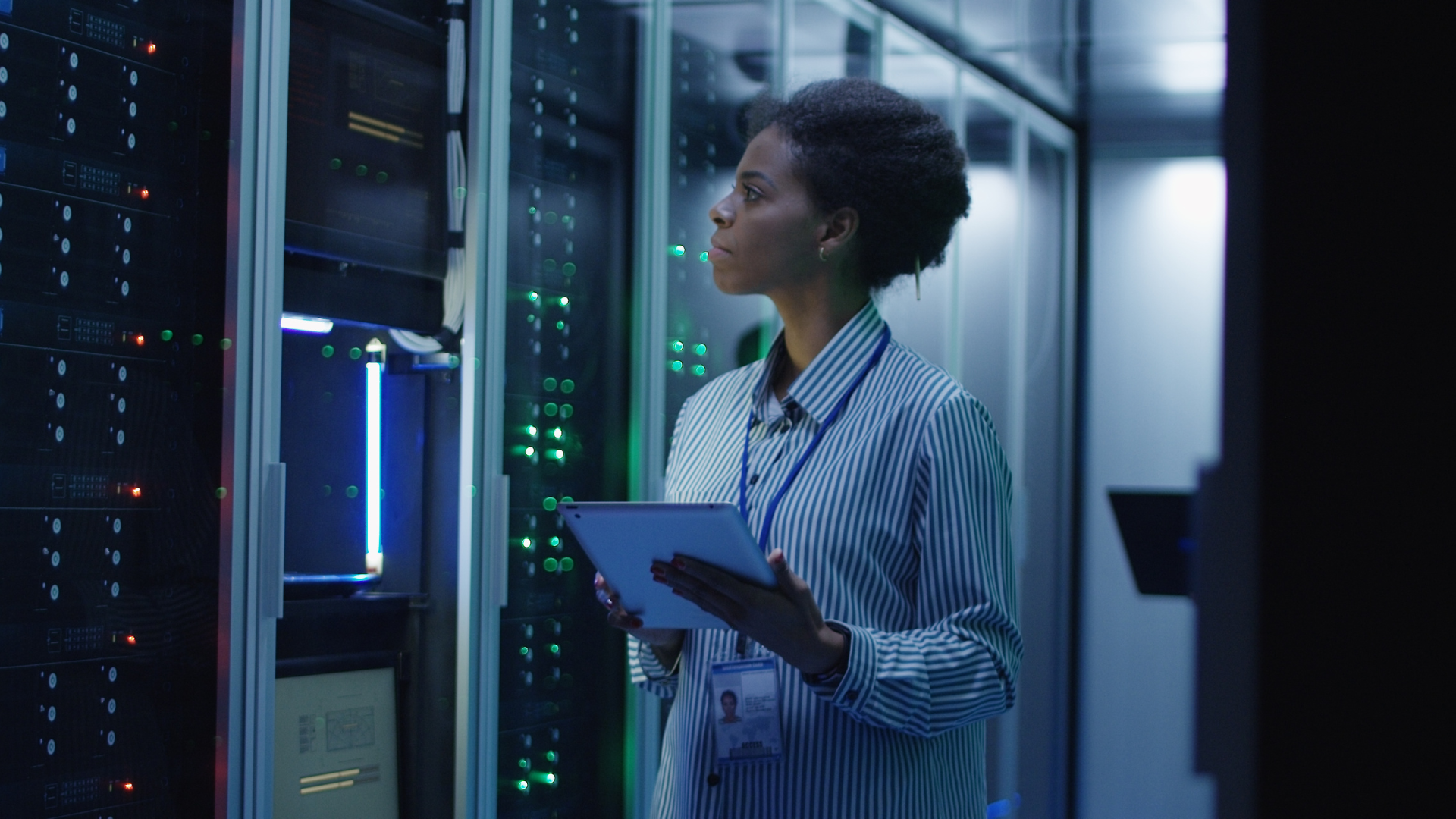
Businesses rely heavily on their IT infrastructure to deliver seamless user experiences and maintain operational efficiency. However, many organizations still operate with a reactive approach to IT management, responding to issues only after they’ve impacted users. This “firefighting” mentality often results in downtime, lost productivity, and frustrated customers. So, how do we shift from being reactive to being proactive? The answer lies in continuous infrastructure monitoring and reporting.
This discussion will go into some of the challenges and solutions provided by having continuous eyes on your critical data assets.
The Cost of Reactive IT
Reactive IT management is costly in more ways than one. When issues are only addressed after they’ve occurred, it often means downtime, security vulnerabilities, or performance bottlenecks have already affected users. The cost of recovering from these disruptions goes beyond financial losses; it also includes damage to reputation, decreased customer satisfaction, and a loss of trust in your IT systems.
Moreover, without a proactive monitoring strategy, IT teams are left scrambling to diagnose problems without real-time data, which can lead to longer resolution times and repeated issues. The absence of continuous monitoring means that organizations are always one step behind, addressing problems after the damage has already been done.
Proactive Monitoring: Address Issues Before They Occur
Continuous infrastructure monitoring allows businesses to stay ahead of the curve by identifying potential issues before they impact end users. By constantly analyzing system performance, security vulnerabilities, and usage patterns, monitoring tools provide IT teams with actionable insights into the health of the infrastructure.
Proactive monitoring empowers IT professionals to take preventative measures, such as optimizing performance, patching vulnerabilities, and scaling resources to meet demand. This approach not only reduces the likelihood of downtime but also enhances overall system reliability, leading to a more efficient, resilient IT environment.
To accomplish effective IT monitoring and reporting, IT teams will utilize tools such as PRTG to ensure there’s constant visibility. This happens by deploying sensors on your key assets and setting the appropriate alerting thresholds. This will ensure that you’re setting the appropriate rules among your IT assets, and anything that falls outside of the given parameters is alerting your team.
Key Benefits of Continuous Monitoring and Reporting
- Early Detection of Issues: Proactive monitoring tools detect anomalies, performance degradation, and potential failures before they escalate. This early detection allows IT teams to address concerns before they disrupt business operations.
- Informed Decision-Making: With continuous reporting, IT teams are always equipped with the latest data on system health, performance metrics, and user activity. This real-time information supports better decision-making, allowing teams to allocate resources effectively and prioritize critical tasks.
- Improved Security Posture: Monitoring tools can detect unusual activities or security threats as they happen, enabling swift action to mitigate potential breaches. Continuous oversight of security metrics helps to maintain compliance and protect sensitive data.
- Increased Operational Efficiency: By identifying and resolving issues proactively, IT teams spend less time on reactive troubleshooting and more time on strategic initiatives. This shift improves overall operational efficiency and allows businesses to focus on innovation rather than maintenance.
- Enhanced User Experience: The ultimate goal of proactive monitoring is to deliver a seamless experience to users. By minimizing disruptions and ensuring optimal performance, businesses can keep users satisfied and maintain their trust.
How to Implement Proactive Monitoring
Adopting a proactive monitoring approach requires investment in the right tools and processes. Here are key steps to get started:
- Deploy Comprehensive Monitoring Solutions: Implement tools that provide end-to-end visibility into your entire IT environment, including servers, networks, applications, and cloud resources.
- Set Thresholds and Alerts: Configure alerts that notify your team of potential issues before they affect users. Custom thresholds can help prioritize alerts based on business impact.
- Regularly Review Reports: Continuous reporting provides valuable insights into trends and recurring issues. Regularly reviewing these reports enables teams to refine their monitoring strategy and make data-driven decisions.
- Automate Responses: Where possible, automate responses to common issues, such as scaling resources or applying patches. Automation can significantly reduce response times and enhance the effectiveness of your monitoring strategy.
Conclusion
Proactive infrastructure monitoring and reporting are essential for modern businesses looking to stay ahead of IT challenges. By moving away from reactive management and embracing continuous oversight, organizations can improve their security, efficiency, and user experience. The key is to act before problems arise, equipping your IT team with the data and insights needed to keep your systems running smoothly. It’s time to stop reacting to issues after the fact and start taking control of your IT landscape with proactive monitoring.


